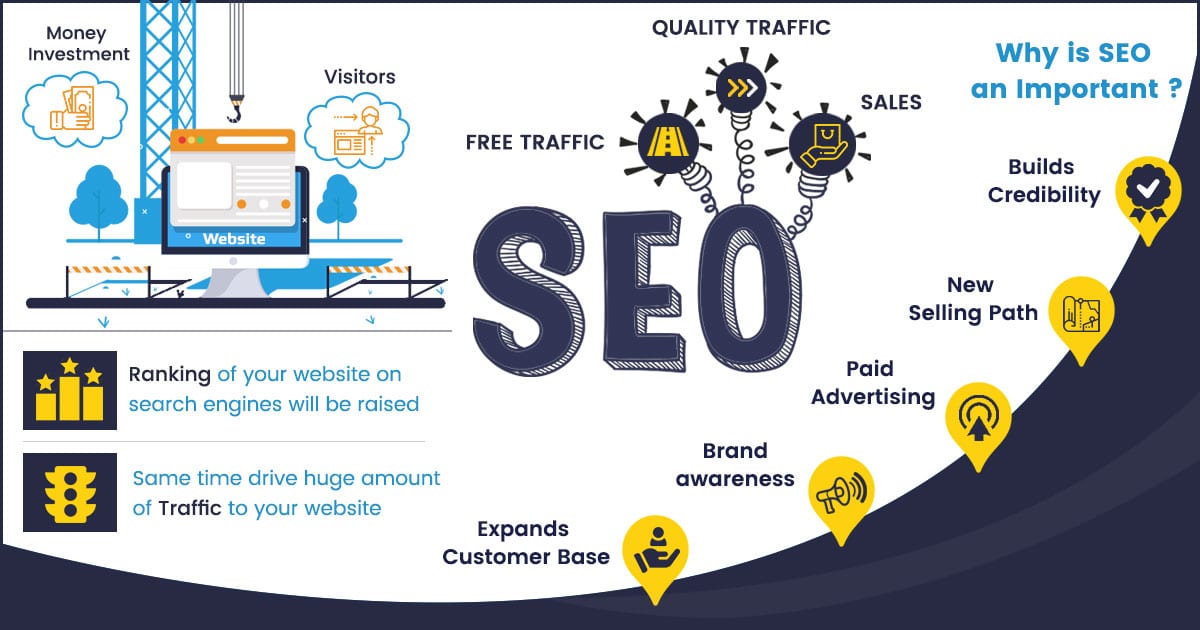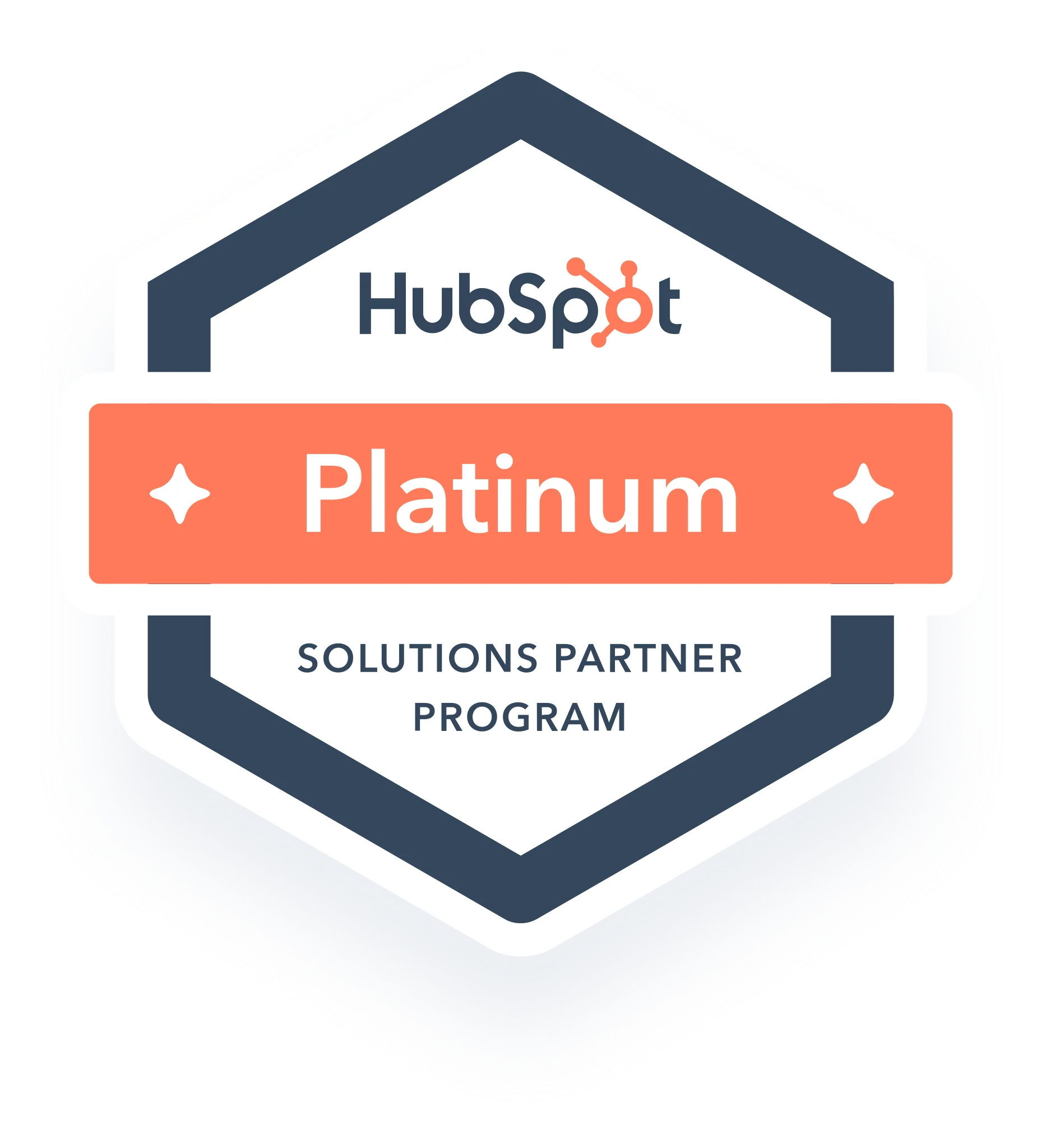
A Beginner’s Guide to the Basics of Search Engine Optimization
A Beginner’s Guide to the Basics of Search Engine Optimization
What is SEO
Search engine optimization (SEO) is the process of growing a website’s organic search traffic. It’s where you do things that help you show up and rank higher in a search engine’s organic results.

Why is SEO important?
People are likely searching for what you do, and you can attract customers by ranking for those terms. But you’re unlikely to rank without effort, as others are trying to do the same. This is why SEO matters. It helps show Google that you most deserve to rank.

Basic of SEO
- Keyword Research : Conduct research to identify relevant keywords and phrases that users search for. Use keyword research tools to find popular and less competitive keywords. Targeting the right keywords helps you optimize your content effectively.
- On-Page Optimization: Optimize various on-page elements to improve your website’s visibility to search engines. This includes optimizing meta tags (titles and descriptions), URL structure, headings (H1, H2, etc.), and content itself. Incorporate keywords naturally throughout your content.
- Quality Content: Create high-quality, original, and valuable content that satisfies user intent. Search engines prioritize content that provides the best answers or solutions. Aim for engaging, informative, and well-structured content that resonates with your target audience.
- Technical SEO : Ensure your website has a strong technical foundation. This involves optimizing website speed and performance, improving mobile-friendliness and responsiveness, enabling proper indexing and crawling by search engines, and optimizing site structure and navigation.
- Backlinks: Earn high-quality backlinks from authoritative and relevant websites. Backlinks act as “votes” of confidence and help search engines determine the credibility and popularity of your website. Focus on natural link building through content quality and outreach.
- User Experience (UX): Enhance user experience on your website to improve SEO. Ensure intuitive navigation, easy-to-use interface, fast loading speed, mobile optimization, and engaging design. Positive user experience can lead to higher search rankings.
- Local SEO : If you have a local business, optimize your website for local searches. This includes adding location-specific keywords, claiming and optimizing your Google My Business listing, getting positive reviews, and ensuring consistent NAP (Name, Address, Phone) information across directories.
- Analytics and Monitoring : Use tools like Google Analytics to track website performance, monitor traffic, user behavior, keyword rankings, and other metrics. Analyzing data helps you understand what’s working and make informed decisions for further optimization.
- Social Media Integration: Leverage social media platforms to promote your content and engage with your audience. Sharing your content on social media can increase its visibility, reach, and potential for acquiring backlinks.
- Stay Updated :SEO is an ever-evolving field. Stay informed about search engine algorithm updates, industry trends, and best practices. Continuously educate yourself and adapt your SEO strategies to remain.
Conclusion
Basic SEO is the foundation for improving your website’s visibility and attracting organic traffic. By implementing the strategies mentioned in this beginner’s guide, you’ll be on your way to enhancing your website’s search engine rankings and driving valuable visitors to your site. Remember, SEO is an ongoing process, so stay dedicated, adapt to changes, and continue learning to stay ahead in the digital landscape
Reference
Here are some ideas for reference content that you can consider:














